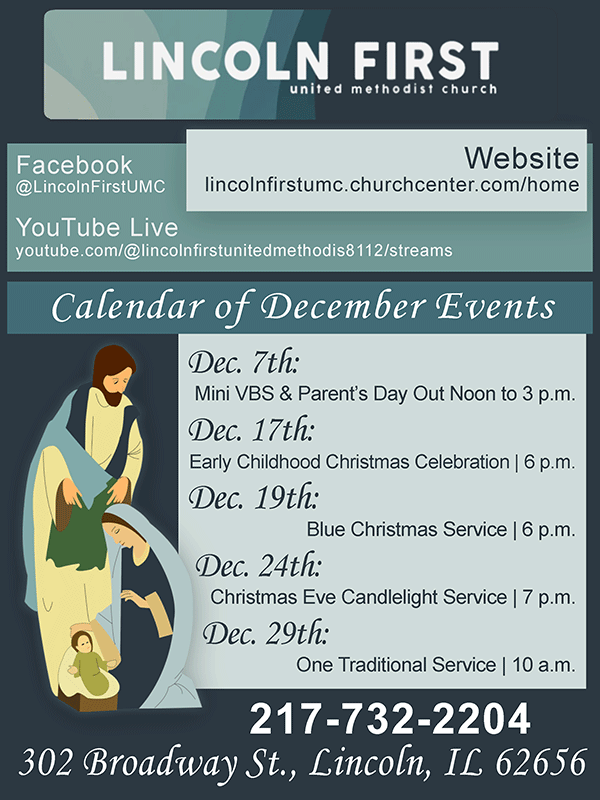|
All told, some 346,000 residents were left looking for work in
October, leaving the state unemployment rate higher than all
neighboring states and behind only California and Nevada
nationwide.
Illinois state Rep. Dan Caulkins, R-Decatur, said there’s little
wonder why the state’s economy always seems to be under constant
duress.
“The cost of doing business in Illinois is not only driving
employers out, but it's keeping new businesses from coming,”
Caulkins told The Center Square as new U.S. Bureau of Labor
Statistics data shows the state unemployment rate of 5.3% in
October is more than a full point above the national average of
4.1%.
Caulkins warned it could lead to further population loss for
Illinois.
“I'm going to presume that this high unemployment is going to
drive more people out of Illinois and it leaves the lower
skilled folks here,” Caulkins added. “It leaves the chronically
unemployed here and it's not a good climate for job creators.”
Over the past month, the state has seen its largest net decline
in job growth in the areas of professional and business sector
posts, with 18,400 fewer jobs than the year before. At the same
time, the highest growth rates were seen in government, where
just over 10,300 positions were added.
Since the pandemic, Illinois ranks 47th in the country in job
growth and last among all neighboring states in job growth rate
with only 1,200 more jobs than were available in January 2020,
making for just a 0.02% increase over that time. At the same
time, U.S. Census Bureau data shows the state lost 32,826
residents in 2023, marking the 10th straight year of net
population decline.
Going forward, Caulkins argued that sort of combination doesn’t
bode well for the state’s future, especially if nothing else
changes.
“We're going to be left behind in the next economy,” he said. “I
suspect we'll lose at least one congressional seat in the 2030
census the way things are going. There's folks that have job
skills, but there's no work and they're taking their families
and leaving. I think what we have to do is look at our
competitors and what they are doing to attract or keep the
businesses.”
Illinois is also now home to the second highest corporate income
taxes in the country and its tax code is considered to be among
the least friendly for businesses in the Midwest. |
|



